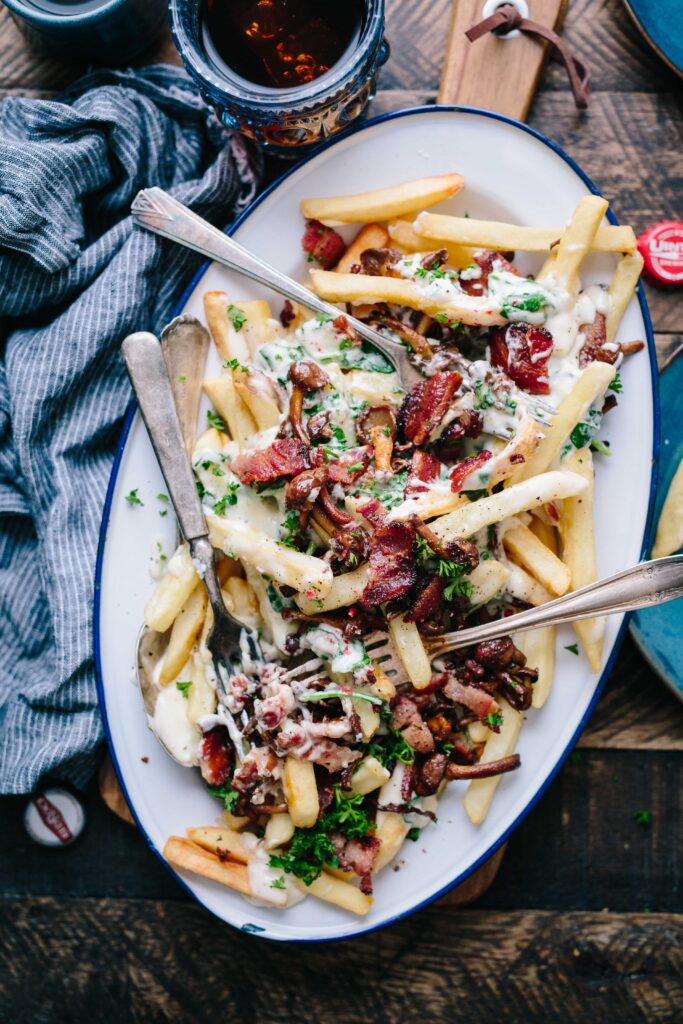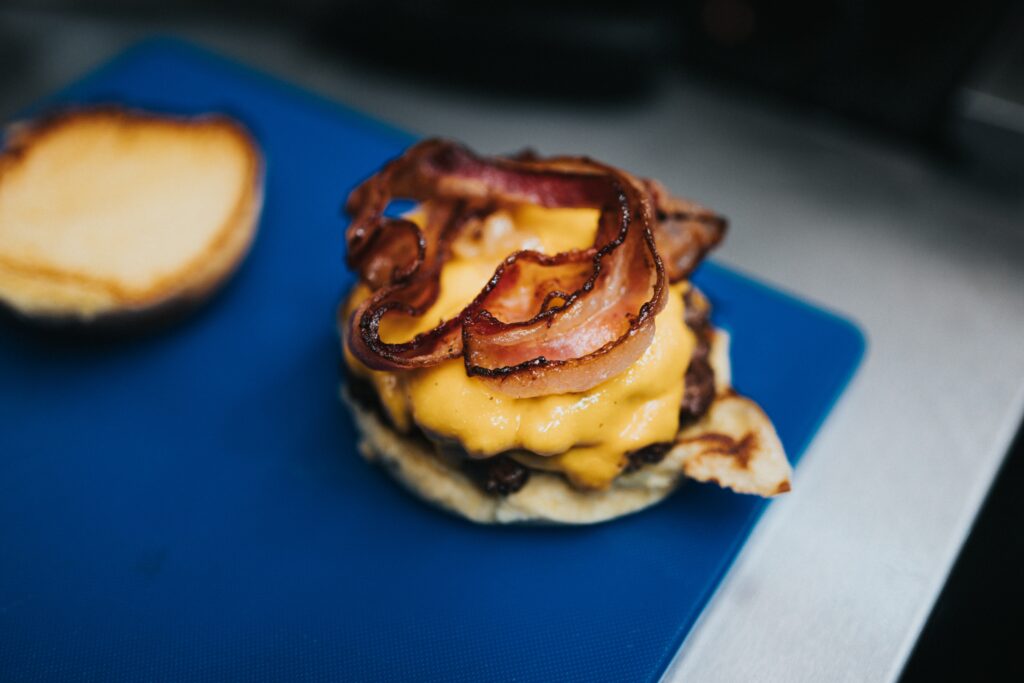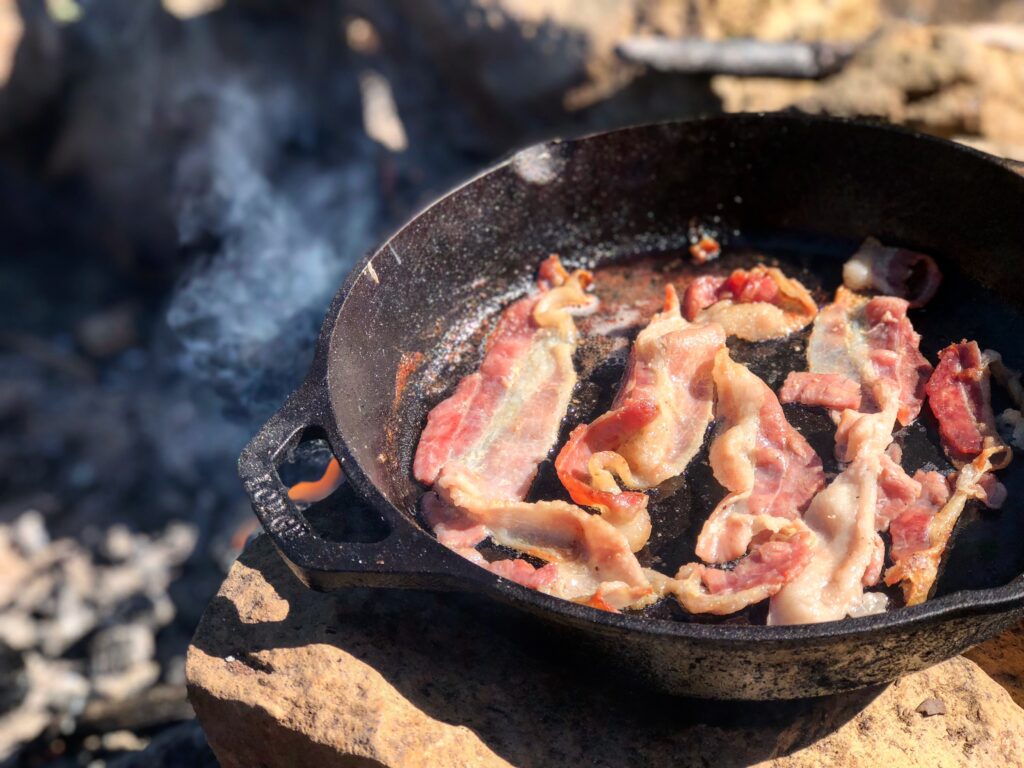
Are you a bacon lover looking to perfect your bacon-cooking skills? Look no further! This article has all the essential cooking bacon tips you need to know. From achieving crispy bacon every time to minimizing grease splatter, we’ve got you covered. Whether you prefer baking, frying, or even microwaving your bacon, we’ll provide you with expert advice to elevate your bacon game. Get ready to make the most delicious and perfectly cooked bacon ever!
Choosing the right bacon
When it comes to choosing the right bacon, there are a few factors to consider. First and foremost is the thickness of the bacon slices. Thick-cut bacon tends to have a meatier and more substantial texture, while thin-cut bacon cooks up crispier. Ultimately, the choice between thick and thin bacon comes down to personal preference.
Another important consideration when selecting bacon is checking the label for additives. Some brands of bacon contain artificial flavors, preservatives, and excessive amounts of sodium. If you prefer a more natural option, opt for bacon that is free from additives and made with minimal ingredients. This will ensure you’re getting the pure, delicious taste of bacon without any unnecessary extras.
Lastly, consider going for uncured bacon. Cured bacon is typically treated with nitrates or nitrites to preserve its color and flavor. Uncured bacon, on the other hand, is preserved using natural methods like celery powder, sea salt, or other natural nitrate sources. If you’re looking to reduce your intake of preservatives or have specific dietary restrictions, uncured bacon is an excellent choice.
Prepping the bacon
Before you start cooking your bacon, it’s essential to properly prepare it. If you have frozen bacon, it’s best to defrost it before cooking. The easiest way to do this is by placing the bacon in the refrigerator overnight. However, if you’re short on time, you can also use the defrost setting on your microwave or soak the sealed package in cold water until thawed.
Once your bacon is thawed, it’s advisable to pat it dry with a paper towel. This step is crucial to remove any excess moisture, which can prevent the bacon from achieving a crispy texture. By patting the bacon dry, you’ll ensure that it cooks evenly and yields the perfect balance of crunchiness and tenderness.
Depending on your preferred serving size or recipe, you may need to cut your bacon into strips. A handy tip is to use kitchen shears or a sharp knife to slice the bacon while it’s still slightly chilled. This will prevent the bacon from sticking together, making it easier to separate the strips. Cutting the bacon before cooking also gives you greater control over the length and width of each piece, allowing you to tailor it to your desired outcome.

Cooking methods
There are various methods to cook bacon, each offering its own unique advantages and flavors. Some of the most popular cooking methods include pan-frying, baking in the oven, and grilling on the barbecue. Depending on your personal preferences and available equipment, you can choose the method that suits you best.
Stovetop techniques
When it comes to cooking bacon on the stovetop, you have a couple of options: the cold pan method and the hot pan method. The cold pan method involves placing the bacon in a cold pan and then gradually heating it, allowing the fat to render slowly. This method is perfect if you want to achieve evenly cooked bacon and crispy edges without any burnt spots.
For a quicker cooking process, you can opt for the hot pan method. In this technique, you preheat the pan over medium heat and then add the bacon directly. This method is ideal when you’re short on time but still want to enjoy delicious, crispy bacon. Just keep an eye on the bacon to prevent it from becoming overly browned or burnt.
To prevent any messy splatters while pan-frying bacon, it’s a good idea to use a splatter guard. A splatter guard is a fine-mesh screen that covers the pan, allowing the bacon to cook while keeping the grease from splattering all over your stovetop. This simple and affordable tool can save you from the hassle of cleaning up grease splatters and maintain a cleaner cooking environment.

Oven techniques
Cooking bacon in the oven is a popular method that offers a hands-off approach and the opportunity to cook larger batches of bacon at once. There are different techniques you can utilize depending on your desired outcome.
One common method is using a baking sheet. Preheat the oven to the recommended temperature and then line a baking sheet with aluminum foil or parchment paper. Arrange the bacon on the sheet, ensuring that the slices are not overlapping. This method allows the bacon to cook evenly and helps to collect the excess grease, resulting in less mess and easier cleanup.
Another option is utilizing a wire rack. Simply place the wire rack on top of the baking sheet and then arrange the bacon slices on the rack. The wire rack elevates the bacon, allowing the heat to circulate evenly and ensure a consistent cook. This technique is perfect if you want your bacon to have an even crispiness throughout.
For those who enjoy extra crispy bacon, consider broiling the bacon for a few minutes after baking. This final step will give the bacon an irresistible crunch while maintaining its juiciness. Just remember to keep a close eye on the bacon as it broils, as it can quickly go from perfectly crispy to burnt.
Grilling techniques
Grilling bacon on the barbecue is a fantastic way to infuse smoky flavors while enjoying the great outdoors. Just like cooking bacon in the oven, there are different grilling techniques you can use to achieve your desired outcome.
If you prefer your bacon to have a slightly charred and crispy exterior, direct grilling is the way to go. Preheat your grill to medium heat and then place the bacon directly onto the grates. Flip the slices occasionally until they reach your desired level of crispiness. Keep in mind that the bacon can cook quickly on the grill, so make sure to monitor it closely to avoid burning.
For those who prefer their bacon to have a more tender and juicy texture, indirect grilling is the perfect method. To achieve this, heat only one side of the grill or create a cooler zone by turning off burners on one side of a gas grill. Place the bacon on the cooler side of the grill and close the lid. This technique allows the bacon to cook gently and render its fat, resulting in a melt-in-your-mouth experience.
To simplify the grilling process and minimize flare-ups, you can also use aluminum foil. Simply line a sheet of aluminum foil with bacon slices and fold it into a packet. Place the packet on the grill and cook until the bacon reaches your desired level of crispness. Using aluminum foil not only helps to control the cooking process but also makes cleanup a breeze.

Enhancing the flavor
While bacon is already a flavor-packed ingredient, there are ways to take it to the next level. Adding spices and seasonings can complement the natural smokiness of bacon and introduce new dimensions of taste. Some popular options include black pepper, garlic powder, chili powder, or even a sprinkle of brown sugar for a touch of sweetness.
For a more immersive flavor experience, consider marinating the bacon. You can marinate the bacon before cooking or brush the marinade directly onto the bacon while it’s cooking. Simple marinades can include ingredients like Worcestershire sauce, soy sauce, honey, or even a bit of your favorite barbecue sauce. Marinating the bacon infuses it with additional flavor and can help to keep it moist and tender during the cooking process.
Another way to enhance the flavor of bacon is by infusing it with maple syrup or honey. Brushing the bacon with a thin layer of maple syrup or honey before cooking can create a delicious caramelization and add a touch of sweetness to each bite. This technique is particularly popular for breakfast or brunch dishes, offering a delightful combination of savory and sweet.
Crispiness level
The desired level of crispiness is a crucial factor to consider when cooking bacon. Some prefer their bacon to be lightly crisp and still slightly chewy, while others enjoy it extra crispy. The cooking time and technique can greatly influence the texture of bacon, so it’s important to determine your preference and adjust accordingly.
To determine the desired texture, think about how you plan to use the bacon. If you’re looking to crumble it over a salad or use it as a topping for sandwiches or burgers, a slightly chewy texture might be more suitable. On the other hand, if you want to enjoy bacon as a standalone dish or for a crunchy bacon-wrapped filling, opt for a crispier cook.
If your bacon is not achieving the desired level of crispness, you can adjust the cooking time accordingly. A few extra minutes in the pan or oven can make a significant difference. Just be careful not to overcook the bacon, as it can easily become dry and overly brittle.
After cooking, it’s recommended to blot the excess grease from the bacon using paper towels. This step helps to remove any lingering oil and reduce the greasiness. By blotting the bacon, you’ll also ensure that it retains its characteristic texture and doesn’t become excessively oily.
Safety precautions
When it comes to cooking bacon, it’s important to take some safety precautions to avoid any potential accidents or hazards. One of the main concerns is oil splatters, which can cause painful burns. To minimize the risk of oil splatters, ensure that your cooking surface and pan are dry before adding the bacon. Additionally, using a splatter guard while pan-frying can provide extra protection and keep your stovetop clean.
Another safety measure is maintaining a safe distance from the stovetop or grill while cooking bacon. This is especially important when hot grease is involved. Be cautious and avoid leaning over the cooking area to prevent accidental contact with the hot grease or flames.
Properly disposing of the excess bacon grease is also essential. Pouring hot bacon grease down the sink can lead to clogged drains and other plumbing issues. Instead, let the grease cool and solidify before transferring it to a container and disposing of it in the trash. If you wish to reuse the bacon grease, strain it through a fine-mesh sieve to remove any burnt bits or solids, then store it in a sealed container in the refrigerator.
Storage and reheating
If you have leftover cooked bacon or want to prepare a larger batch in advance, it’s important to know how to store and reheat it properly. Refrigerating cooked bacon is the safest and simplest way to store it. Place the bacon in an airtight container or seal it tightly in plastic wrap. Cooked bacon can be refrigerated for up to four days, but for best results, consume it within three days.
If you’re planning to store bacon for an extended period, freezing is the way to go. Wrap the cooked bacon tightly in plastic wrap or aluminum foil and place it in a freezer bag. Frozen cooked bacon can maintain its quality for up to three months. To thaw, simply transfer the desired amount to the refrigerator overnight or thaw it in the microwave using the defrost setting.
When it comes to reheating cooked bacon, there are a few methods to ensure it remains flavorful and crispy. One option is microwaving, which offers a quick and convenient solution. Place the bacon on a microwave-safe plate lined with paper towels to absorb any excess moisture. Microwave on high for 10 to 20 seconds per slice, depending on the wattage of your microwave. Keep an eye on the bacon to prevent overcooking, as it can quickly turn chewy.
An alternative reheating method is using the oven. Preheat the oven to 350°F (175°C) and place the bacon on a baking sheet lined with parchment paper. Heat for 5 to 10 minutes, or until it reaches the desired temperature. This method allows the bacon to regain its crispness while heating it evenly.
In conclusion, cooking bacon to perfection involves a combination of choosing the right bacon, prepping it correctly, and utilizing various cooking methods. Whether you enjoy pan-frying, baking in the oven, or grilling on the barbecue, there’s a technique to suit every bacon lover’s preference. By following the recommended safety precautions, enhancing the flavor with spices and seasonings, and adjusting the cooking time to achieve your desired crispiness level, you’ll be able to savor the amazing taste of perfectly cooked bacon in every bite.
